


Michael Küffmeier (Marie Skłodowska-Curie global fellow)
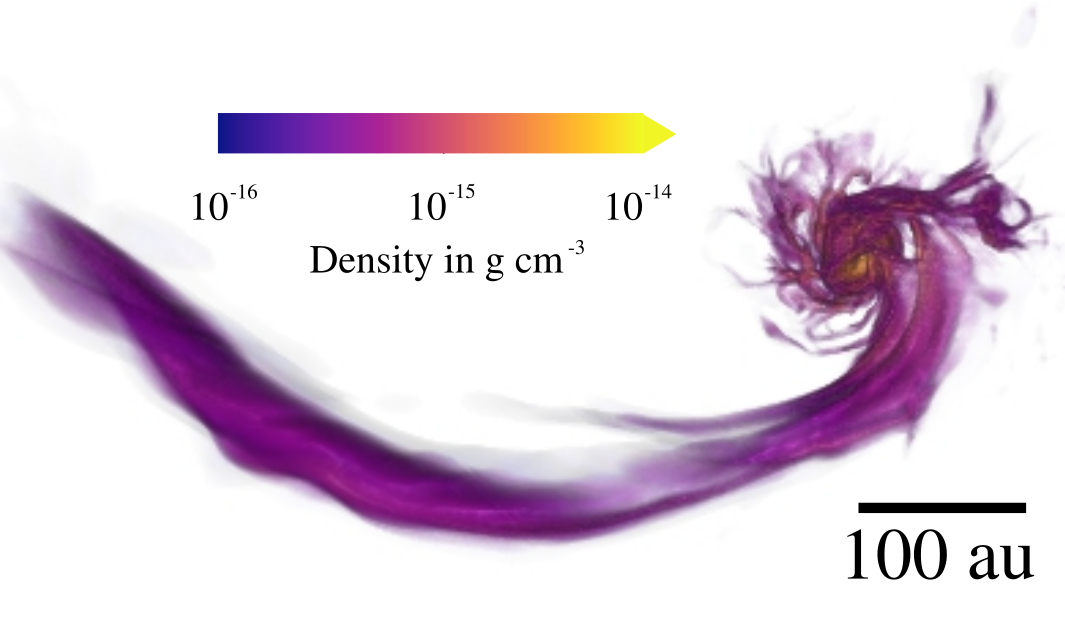
Sigurd Jensen, Troels Haugbølle (NBI)
Rejuvenating Infall
a crucial yet overlooked source of mass and angular momentum
Wow!
Credit: ALMA (ESO/NAOJ/NRAO)
Credit:
DSHARP team

10 au
50 au
The classical picture

Greene 2001
star formation
planet formation
Is this the full picture?
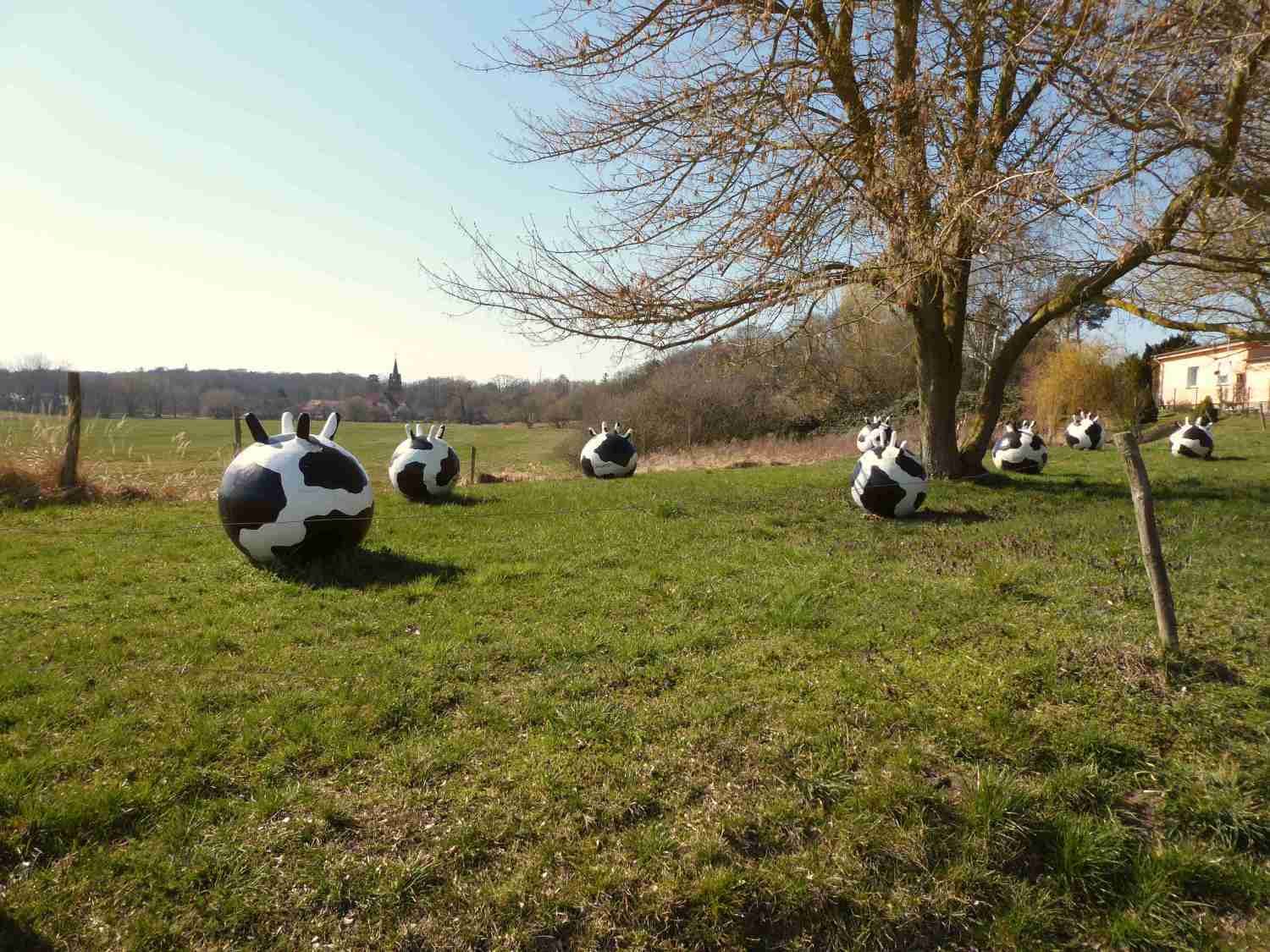
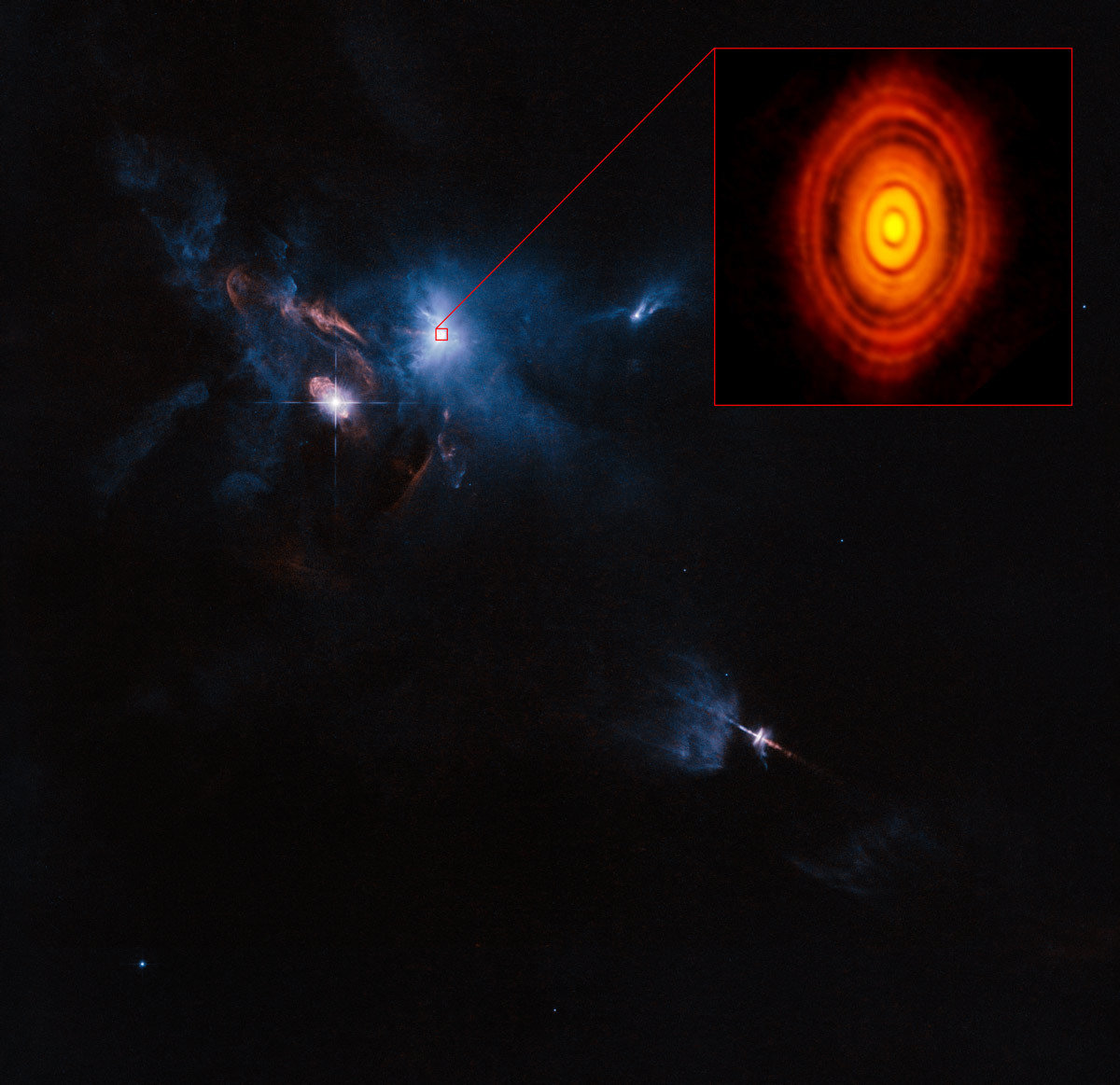
Credit: ALMA (ESO/NAOJ/NRAO)
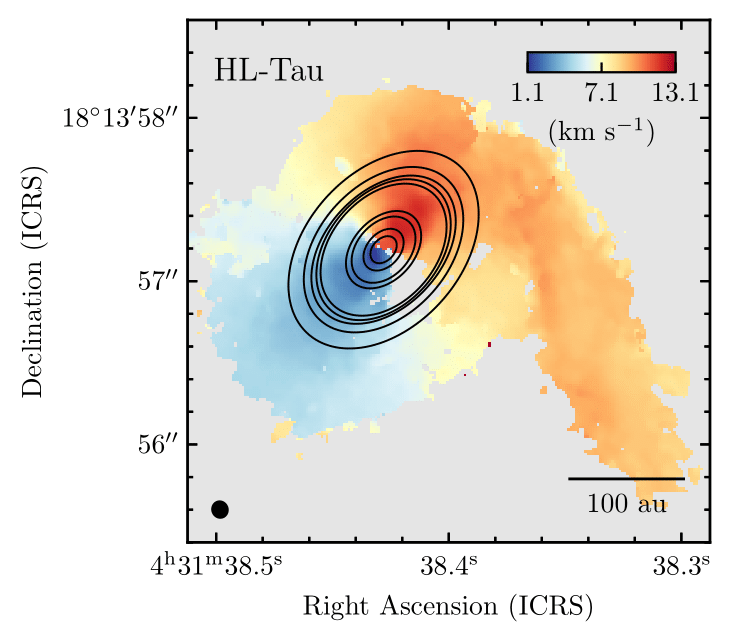
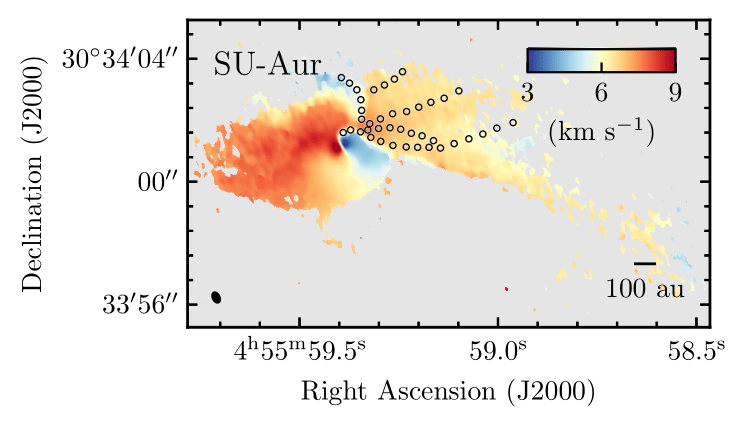
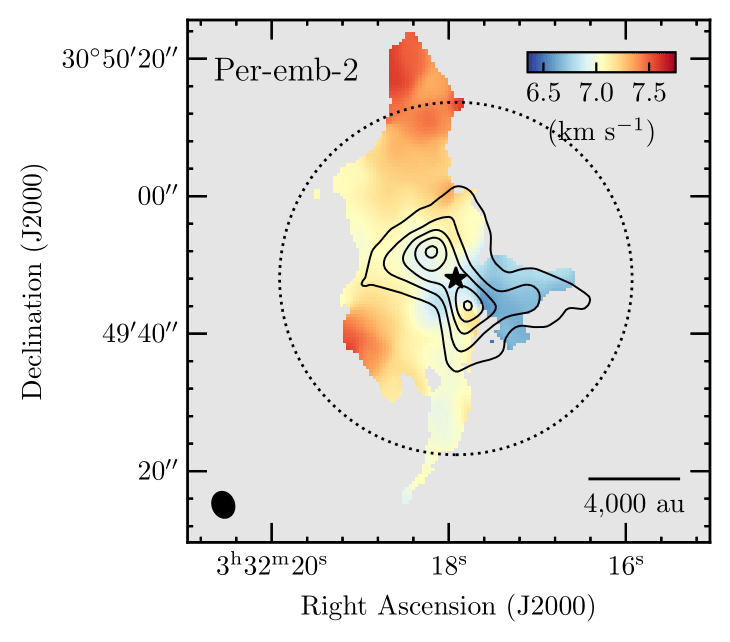
Ginski et al. 2021
Yen et al. 2019
Garufi et al. 2021
Pineda et al. 2020
50 au
see also:
BHB1 (Alves et al. 2020), GM Aur (Huang et al. 2021), IRS 63 (Segura-Cox in prep.), AB Aur (Grady et al. 1999 / Fukagawa et al. 2004), ...
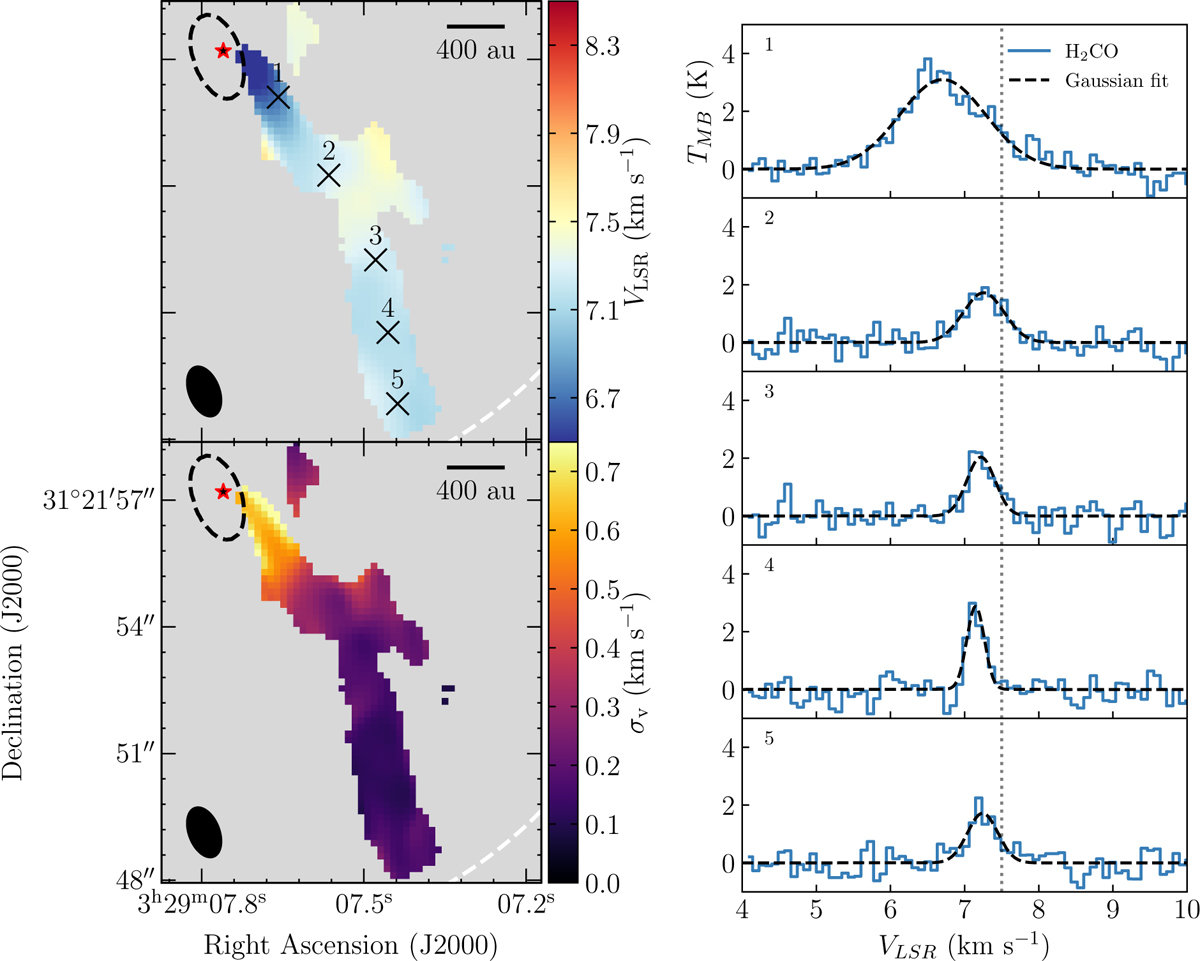
Per-emb-50
Valdivia-Mena et al. 2022
Science question:
Can we get better (statistical) constraints on the relevance and importance of (late) infall from existing simulation data?
Model star formation in a Molecular Cloud
isothermal magnetohydrodynamical (MHD)
adaptive mesh refinement (AMR) simulations with RAMSES
maximum resolution: ≈25 au (level of refinement: 15), root grid about ≈1600 au (level 9)
Total mass: 3000 solar masses
periodic boundary conditions
altogether 321 sink particles at last snapshot (2 Myr after the formation of the first star)

simulation setup including detailed description of sink recipe presented in Haugbølle+2018
Model star formation in a Molecular Cloud
isothermal magnetohydrodynamical (MHD)
adaptive mesh refinement (AMR) simulations with RAMSES
maximum resolution: ≈25 au (level of refinement: 15), root grid about ≈1600 au (level 9)
Total mass: 3000 solar masses
periodic boundary conditions
altogether 321 sink particles at last snapshot (2 Myr after the formation of the first star)

Late infall is common for stars*
*unless they remain tiny
On average, stars with final masses of more than 1 solar mass accrete more than 50 % of their mass after 500 kyr
Note that some protostars still accrete a lot of mass after 1.2 Myr
1.2 Myr is just a value to get a sample >100 stars
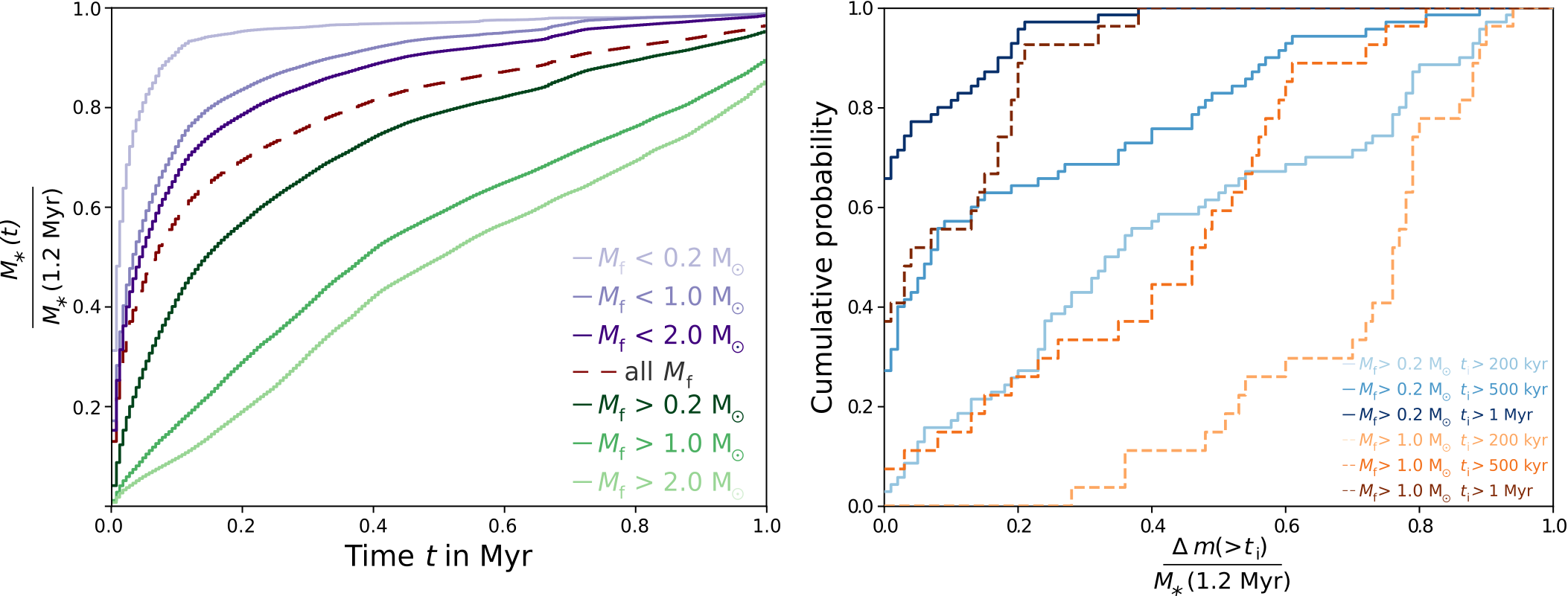

Origin of accreting gas
The accretion reservoir can extend beyond the core
(see also Pelkonen+ 2021)
Two phase process:
Initial collapse followed by varying amount of post-collapse infall
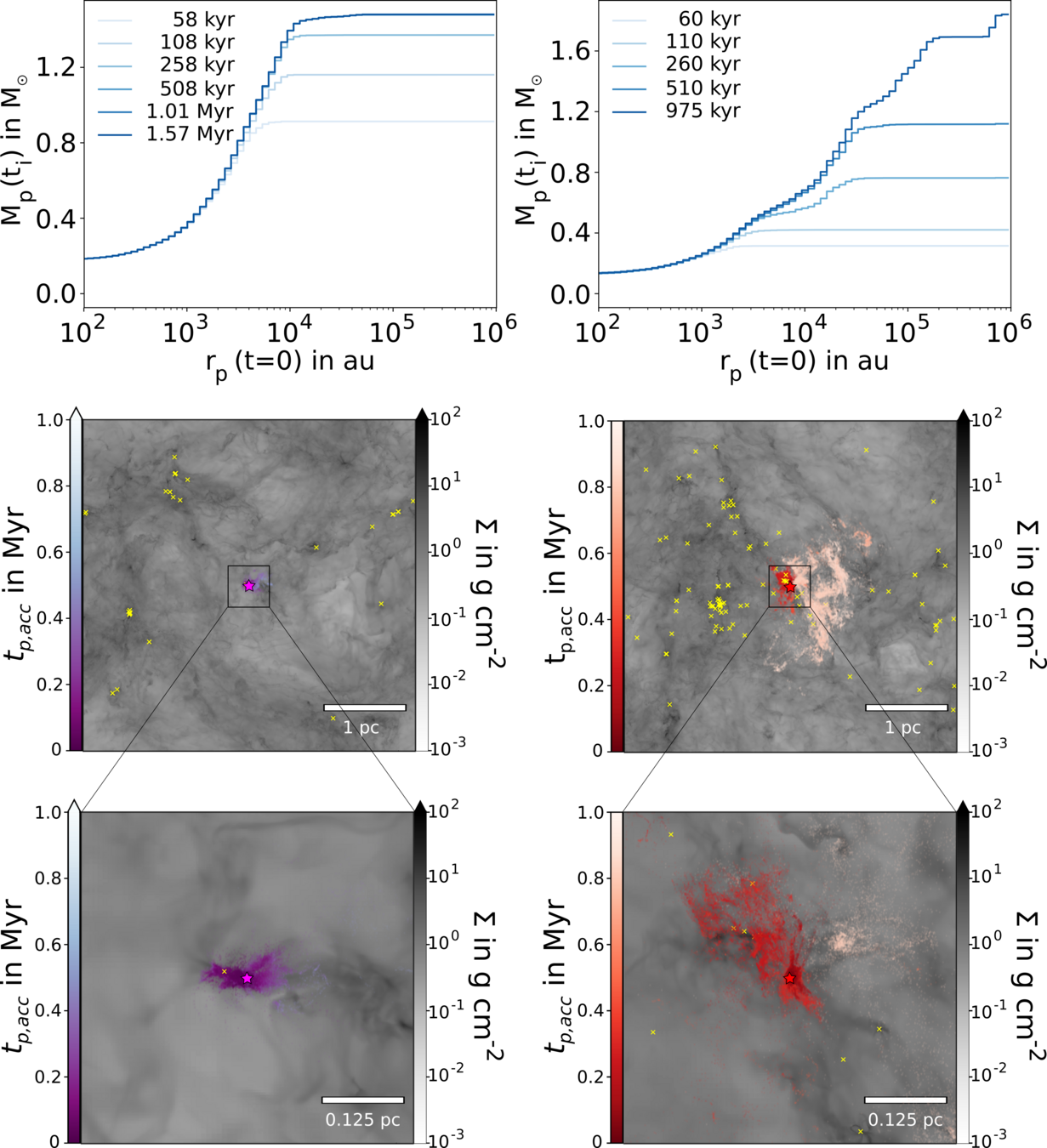

Results:
Possibility of replenishing and refreshing the mass and chemical budget
Angular momentum budget
- Large scatter of ang. mom.
- Increasing specific angular momentum for increasing final stellar mass
Specific angular momentum computed from all accreting tracer particles at the first snapshot after star formation
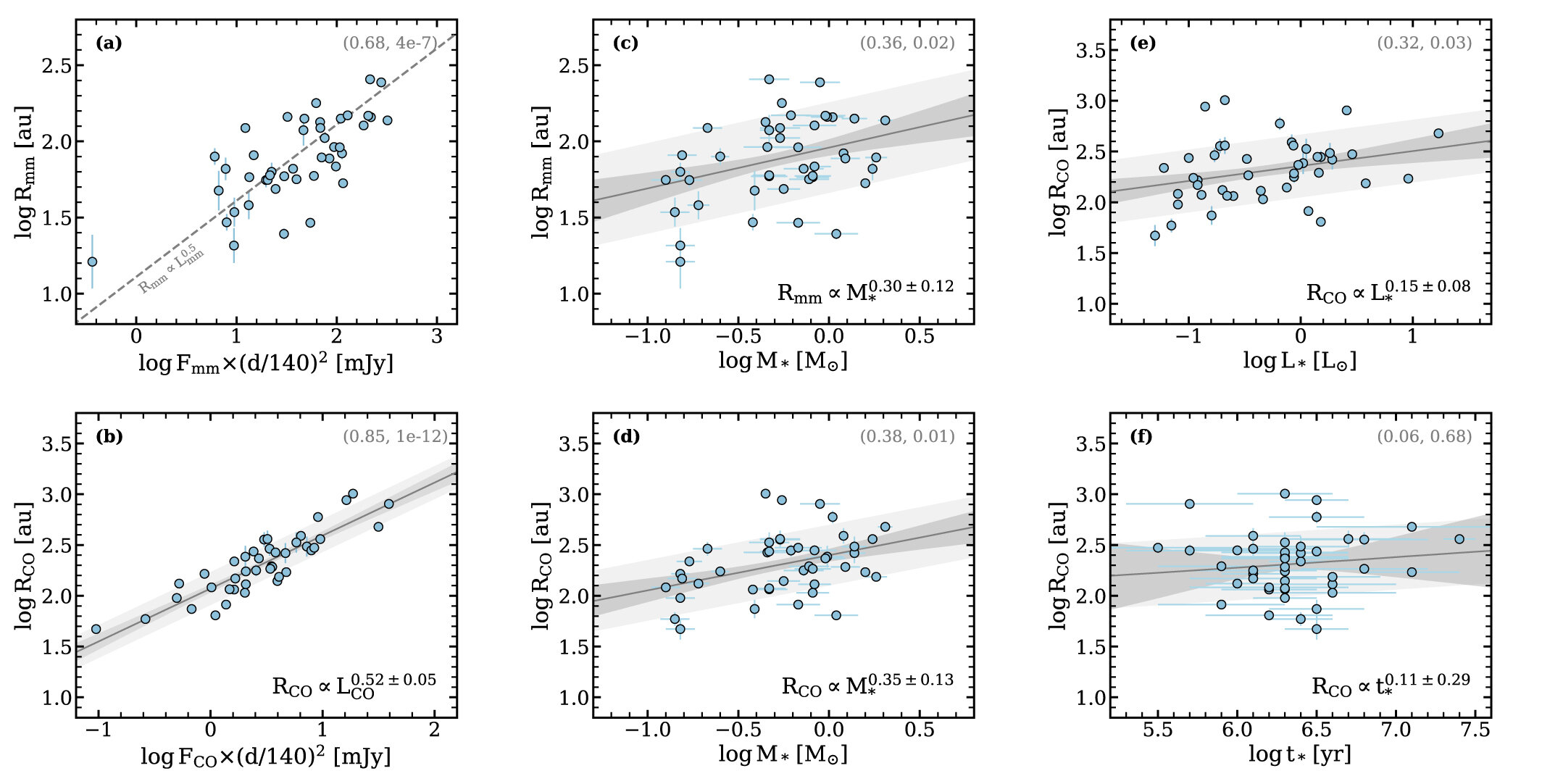
- High centrifugal radii show importance of ang. mom. transport
- subtle correlation with mass (inherited by disks?)
"We find marginal relationships between disk sizes and M*." (Long+ 2022)
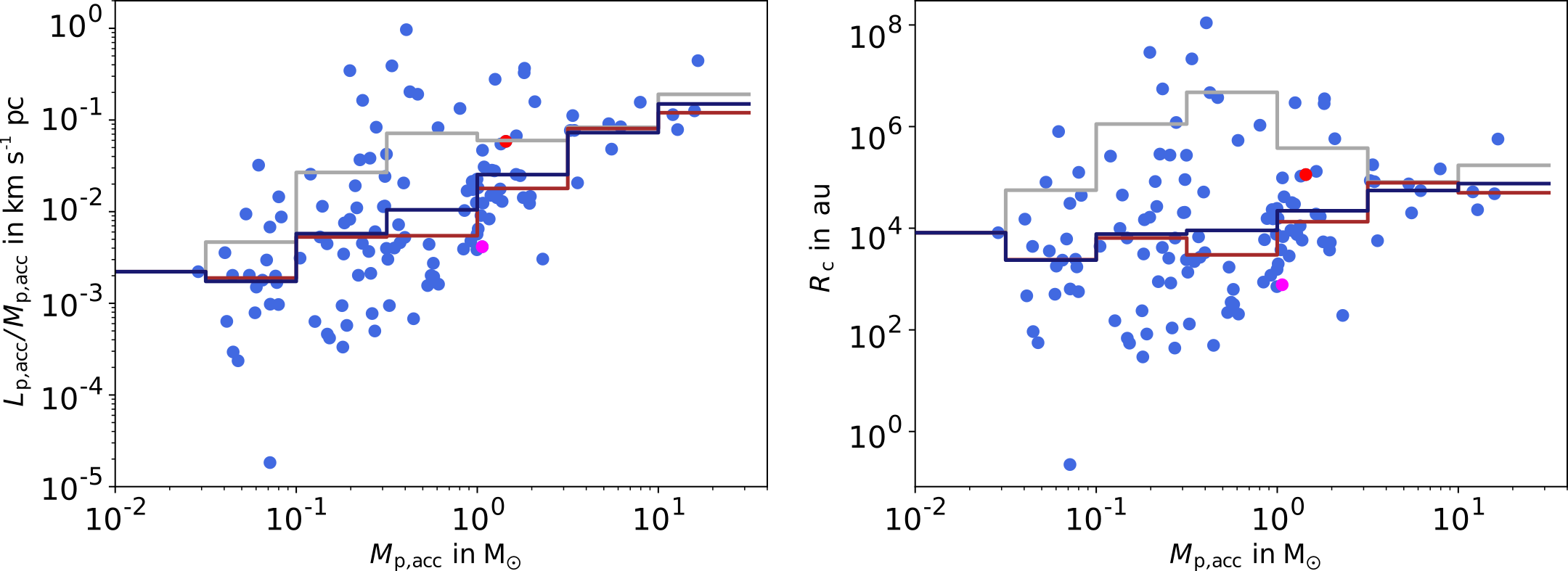

Late infall has high ang. momentum



YSOs can appear younger than they really are
How old is the protostar?



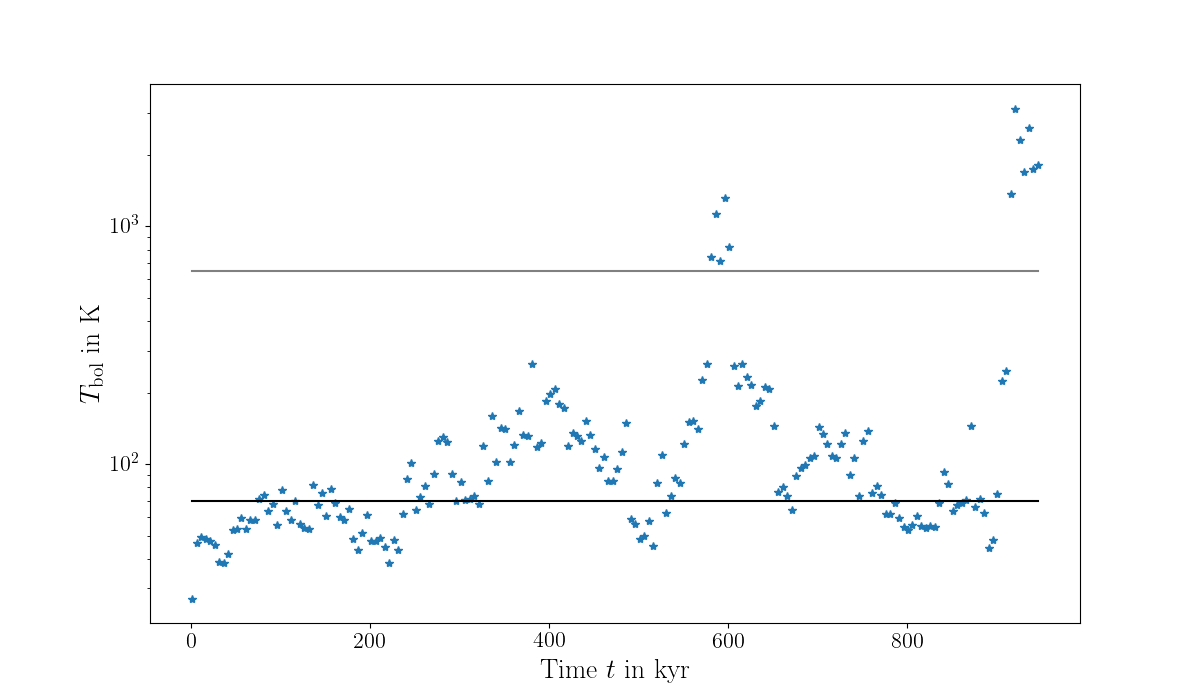
Class II
Class I
Class 0
YSOs can appear younger than they really are
How old is the protostar?



A poor analogy to a conference
Session start
Coffee break!






Streamers (and shadows?) as signs of infall
Formation of misaligned configuration
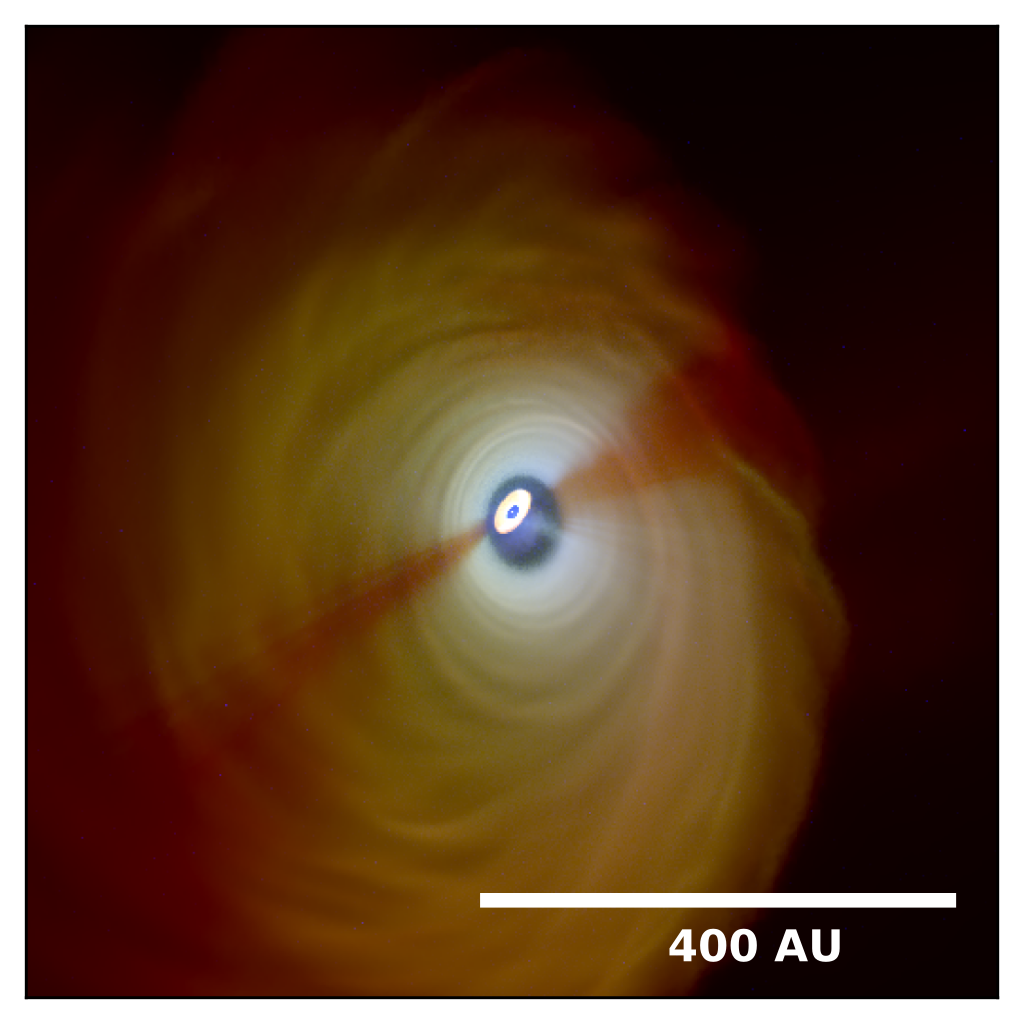
Observable as shadows in outer disk
Küffmeier, Dullemond, Reissl & Goicovic 2021

Ginski et al. 2021
300 au
Accretion of a binary system
You are missing
non-ideal MHD
radiative transfer
resolution
dust
...
1000 au

zoom-in with maximum resolution of 3 AU; polytropic equation of state; ideal MHD
Accretion of a binary system
zoom-in with maximum resolution of 3 AU; polytropic equation of state; ideal MHD
1000 au
Accretion of a binary system
Caveat: zoom-in with only maximum resolution of 3 AU; polytropic equation of state; ideal MHD; no radiative transfer (more to be done, but intriguing)
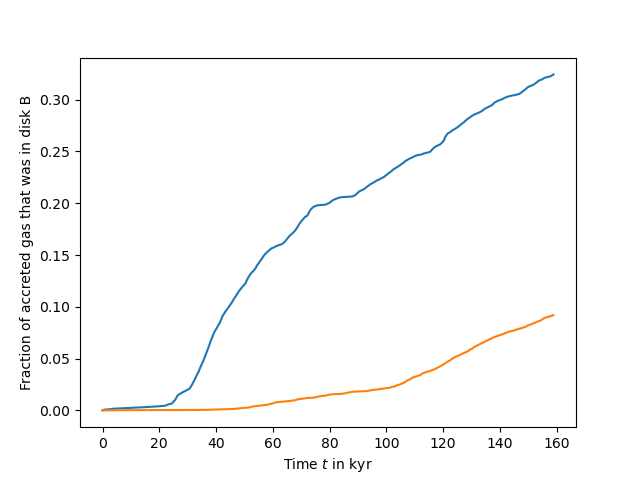
about 30 % of accreting mass goes through the star's own disk
almost 10 % of accreting mass of companion goes through the primary star's disk
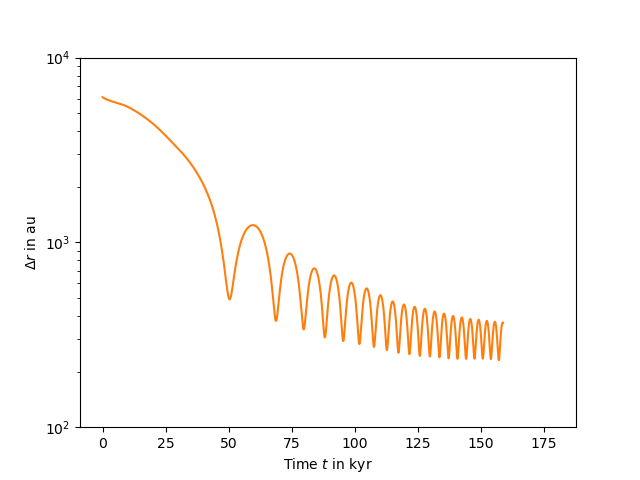
Summary
Pineda ... Küffmeier et al. 'Protostars and Planets VII'
.
.
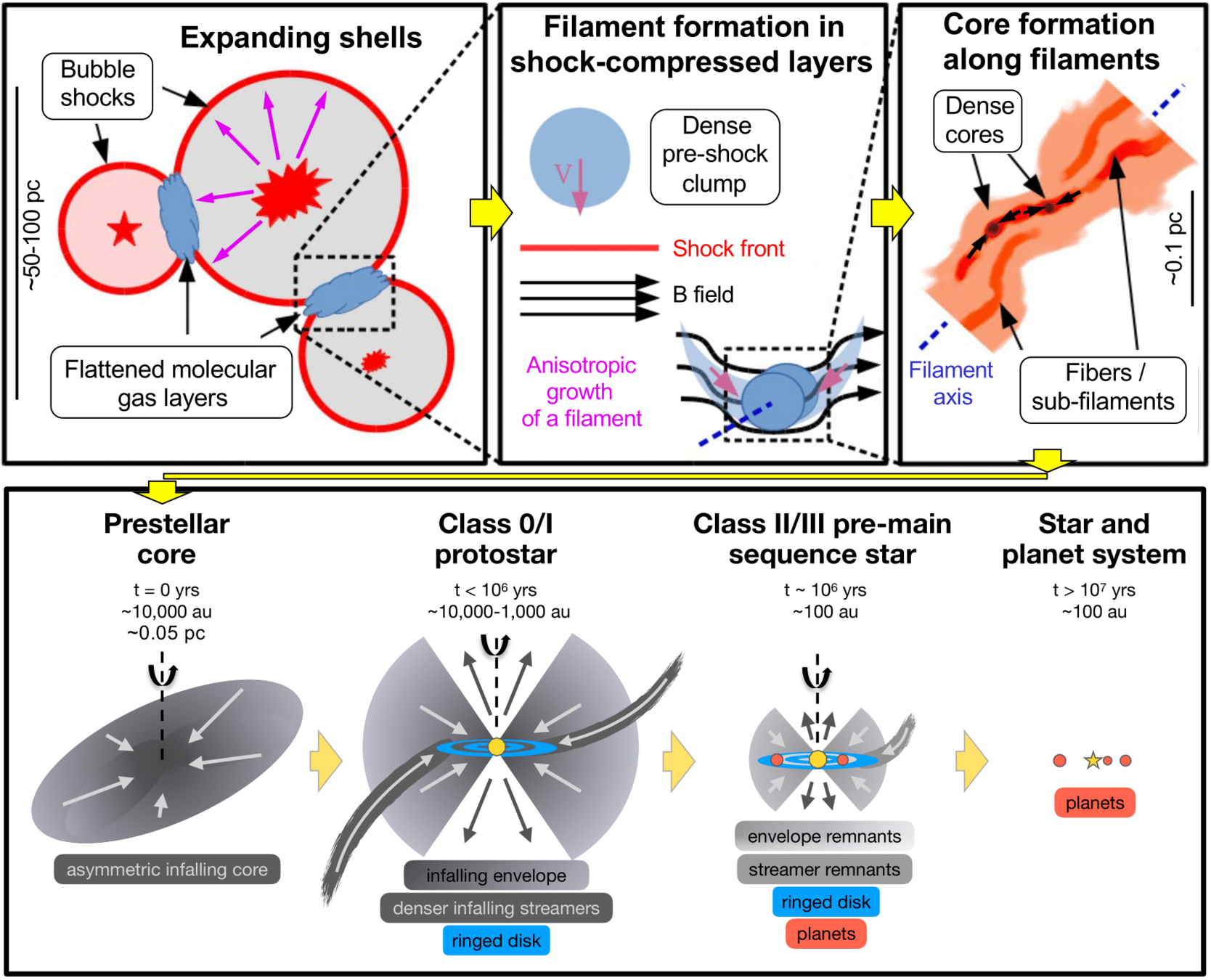
Segura-Cox et al. in prep.
Star & disk can be replenished by infall of initially unbound material
Post-collapse infall provides a lot of angular momentum
YSOs can be rejuvenated
Questions for discussion
- What are observational tracers?
Can streamers, misalignment/warping help?
- How do outflows change the picture? Do they drastically reduce the probability of late infall?
- To what extent is the excess of high angular momentum inherited by the disk?
- Where does the infalling material land? Is angular momentum efficiently removed that it lands on the disk (see e.g. results by MK+18 or Lee+21) or does it land at large (initial) radii?
- What about dust and dust traps/rings?
The connection to the larger scales

Küffmeier et al. 2017 / 2022 subm.
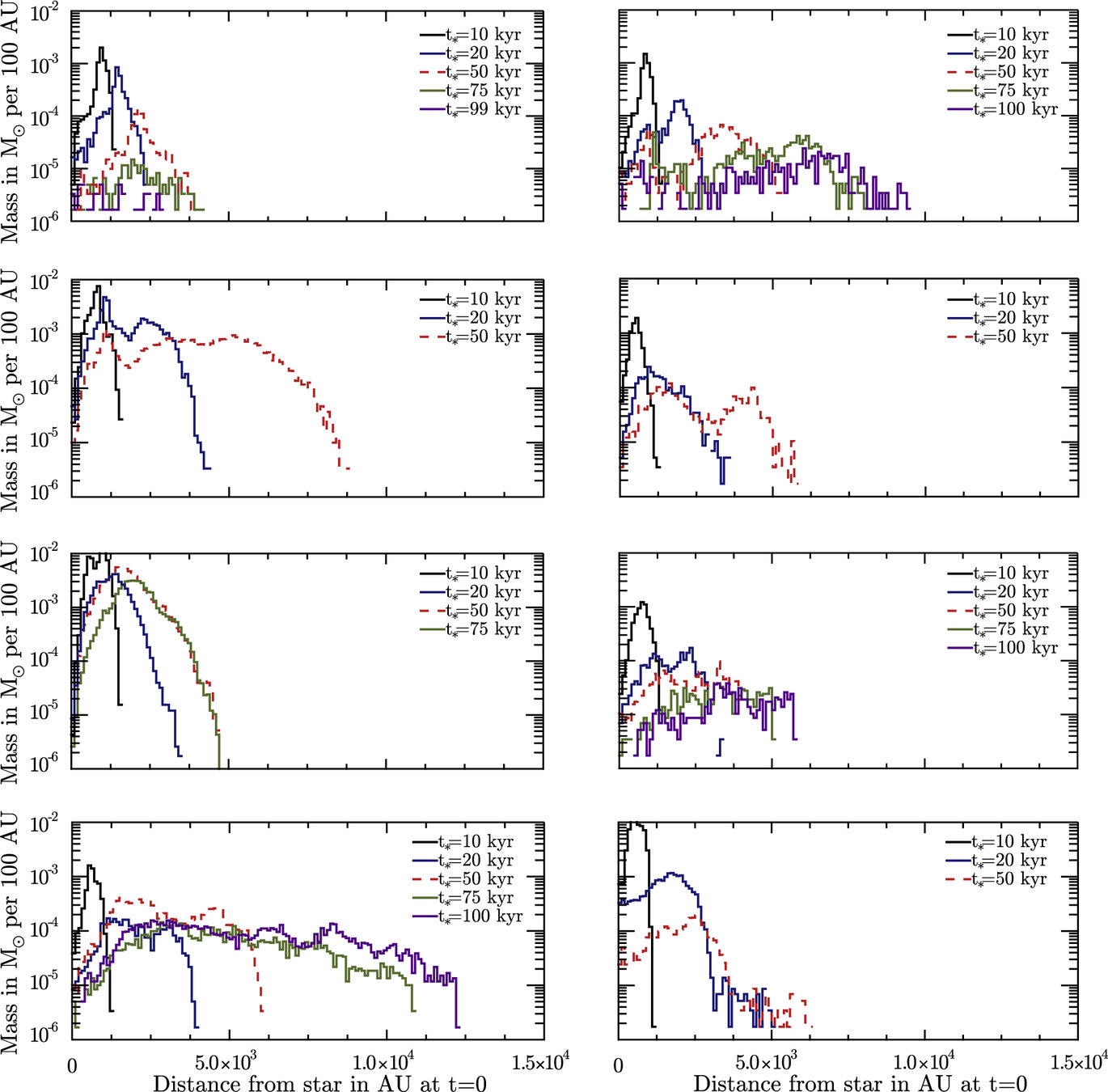
Gas from beyond the prestellar core can fall onto the star-disk system
Simulate cloudlet infall onto disk
AREPO, pure hydrodynamical
isothermal gas
vary infalling angle
vary rotation (prograde, retrograde)
Küffmeier, Dullemond, Reißl, Goicovic et al. 2021
Outer disk forms around inner disk
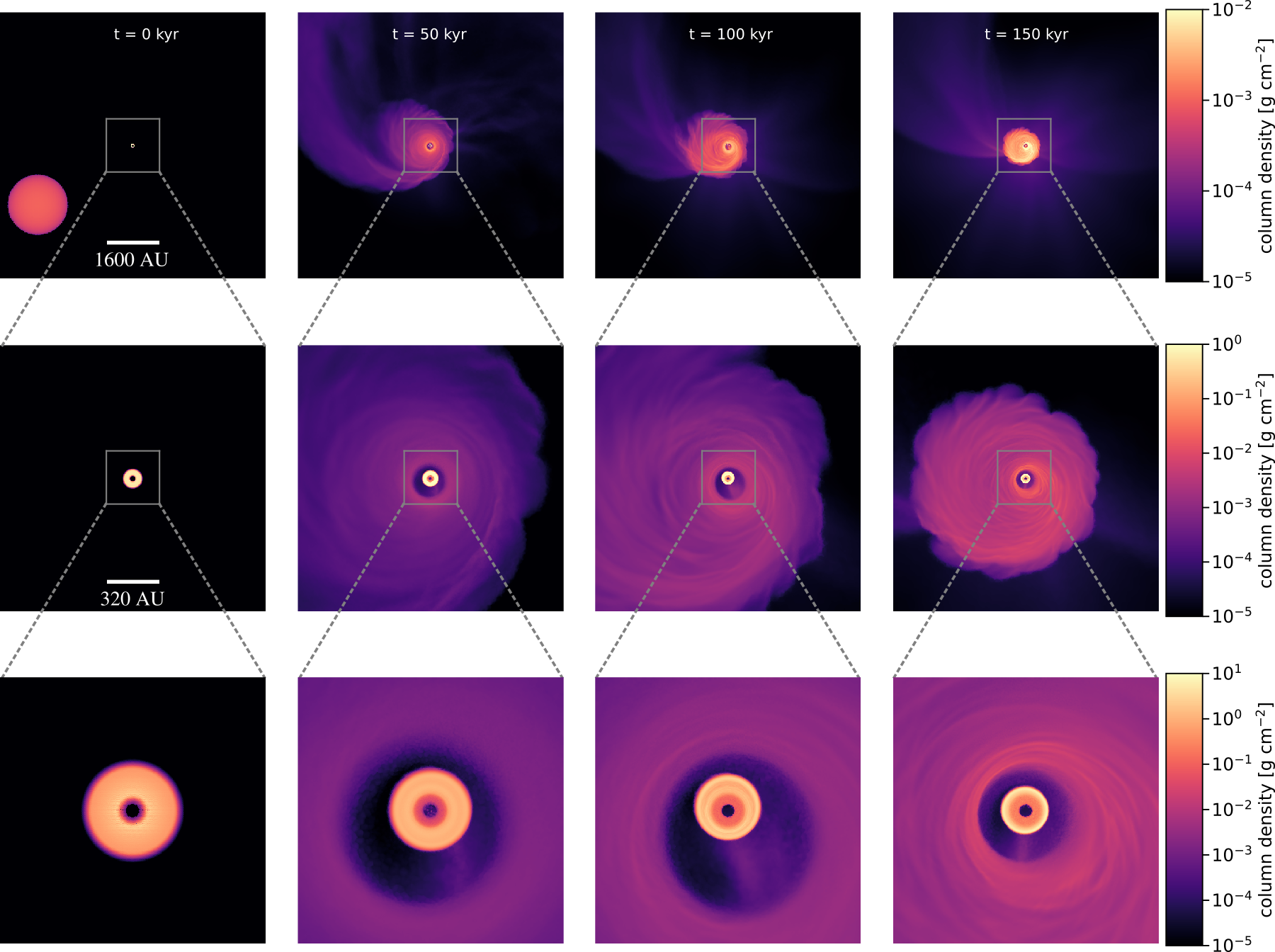
Küffmeier et al. 2021
Prograde vs. retrograde infall

Retrograde infall causes:
- counter-rotating inner and outer disk
- shrinking of inner disk
- enhanced accretion

- larger and deeper gap between disks
see also Vorobyov+ 2016
Küffmeier et al. 2021
Inner disk orientation

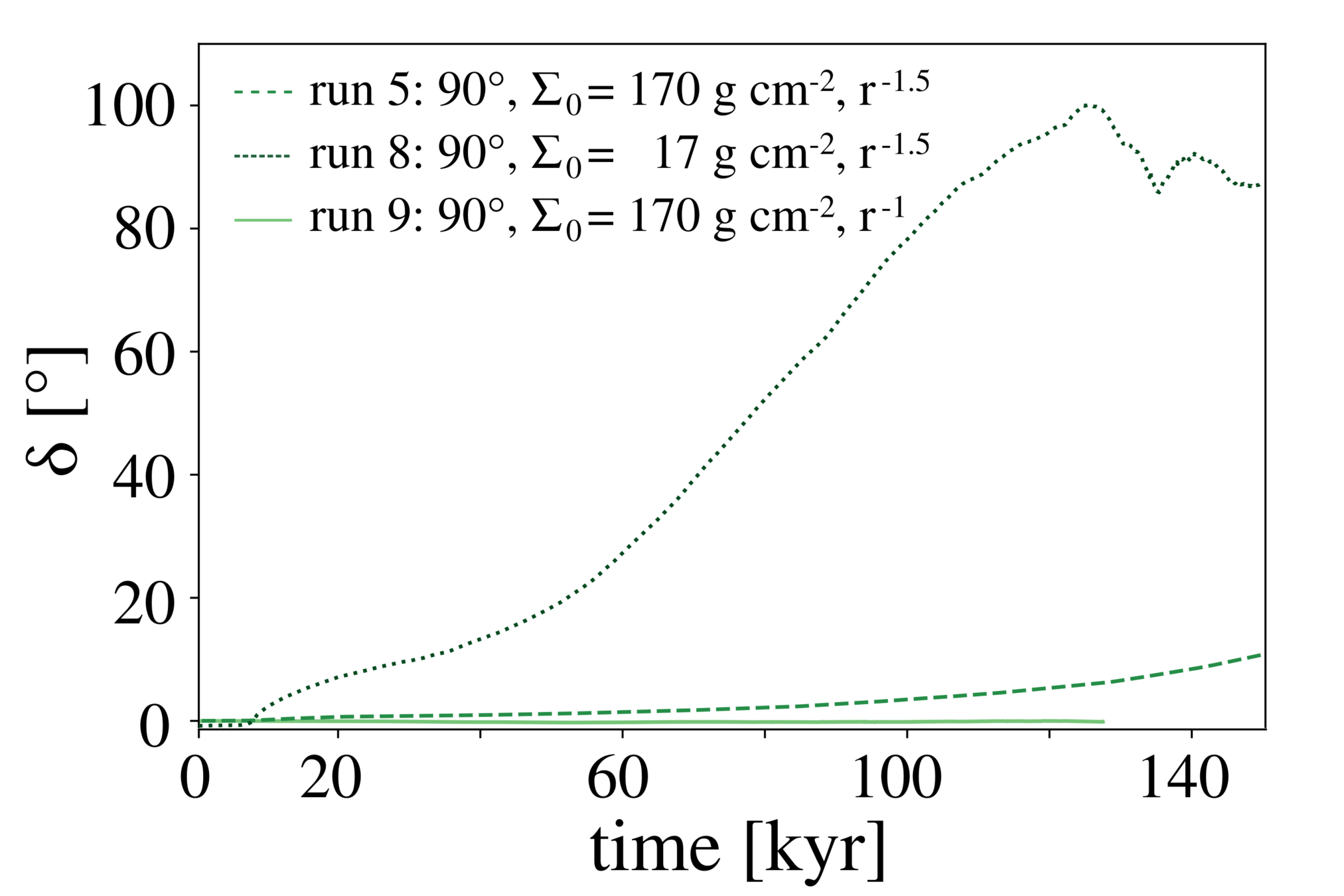
Küffmeier et al. 2021
History of modeling disk formation

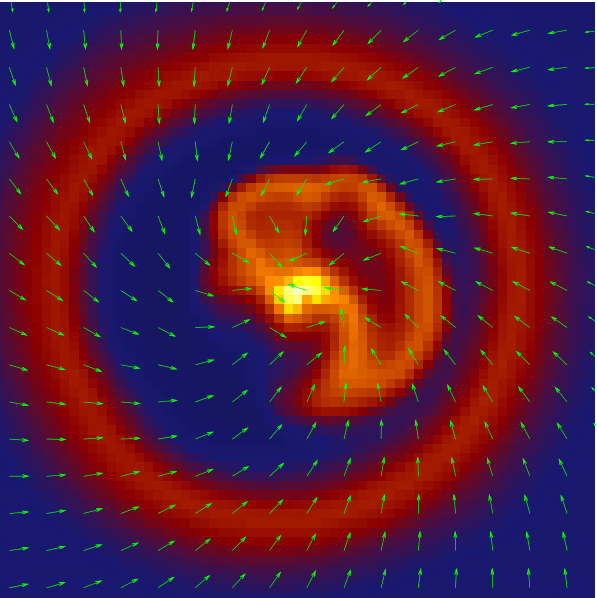

What about magnetic fields?
Help! Where is the disk?!
Santos-Lima et al. 2012
Hydro
ideal MHD
Magnetic braking catastrophe
Angular momentum is transported too efficiently away from the disk
magnetohydrodynamics
ideal MHD
Ohmic dissipation
Hall
ambipolar diffusion
Non-ideal
something
something else with Bs
something else with more Bs
Non-ideal MHD
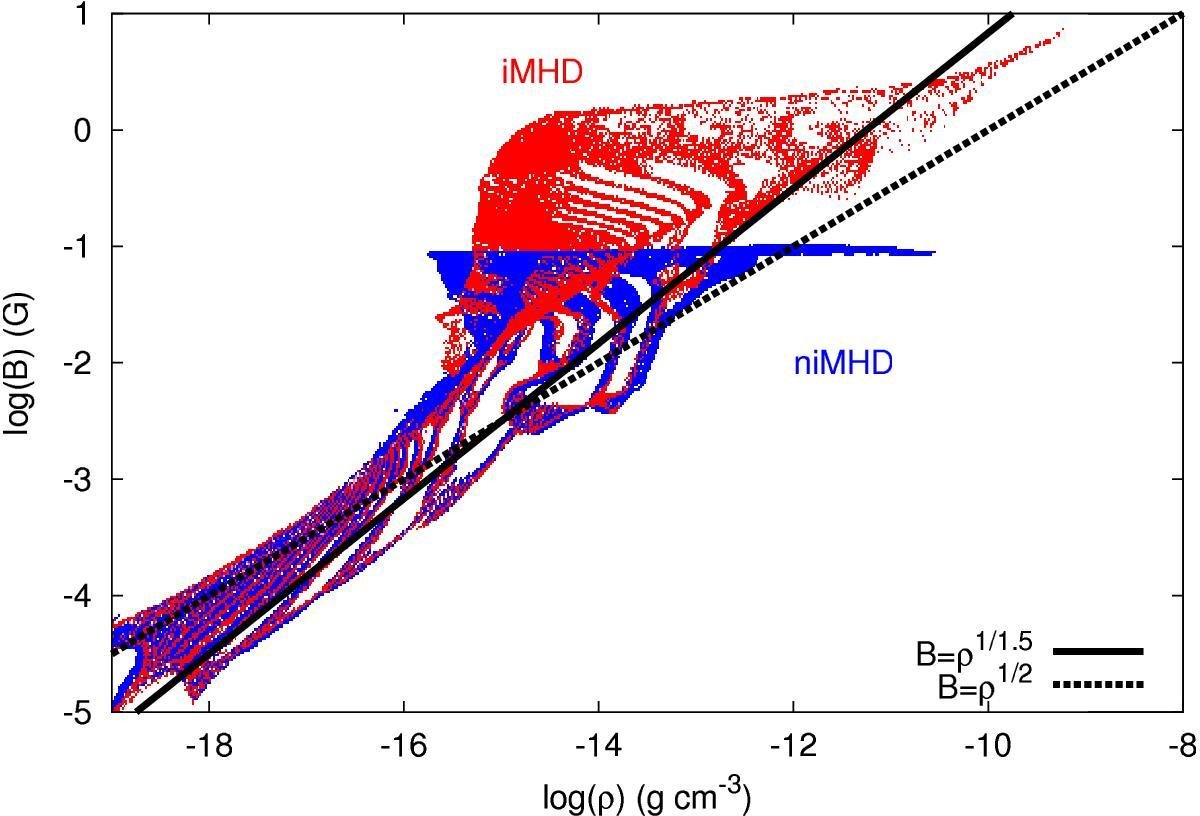
Masson et al. 2016
resistivities quench pile-up of magnetic field
avoids magnetic braking catastrophe
see Hennebelle et al. 2016 or Lee et al. 2021 for analytical studies
for more references see Wurster & Li 2018 (review)
something
something else with Bs
something else with more Bs
History of modeling disk formation




What about magnetic fields?
Help! Where is the disk?!
Ohmic, Ambipolar, Hall
Santos-Lima et al. 2012
Hydro
ideal MHD
non-ideal MHD
non-ideal MHD is not a single parameter that is turned on or off
Achtung!
Resistivity depends on ionization rate
Küffmeier, Zhao & Caselli 2020
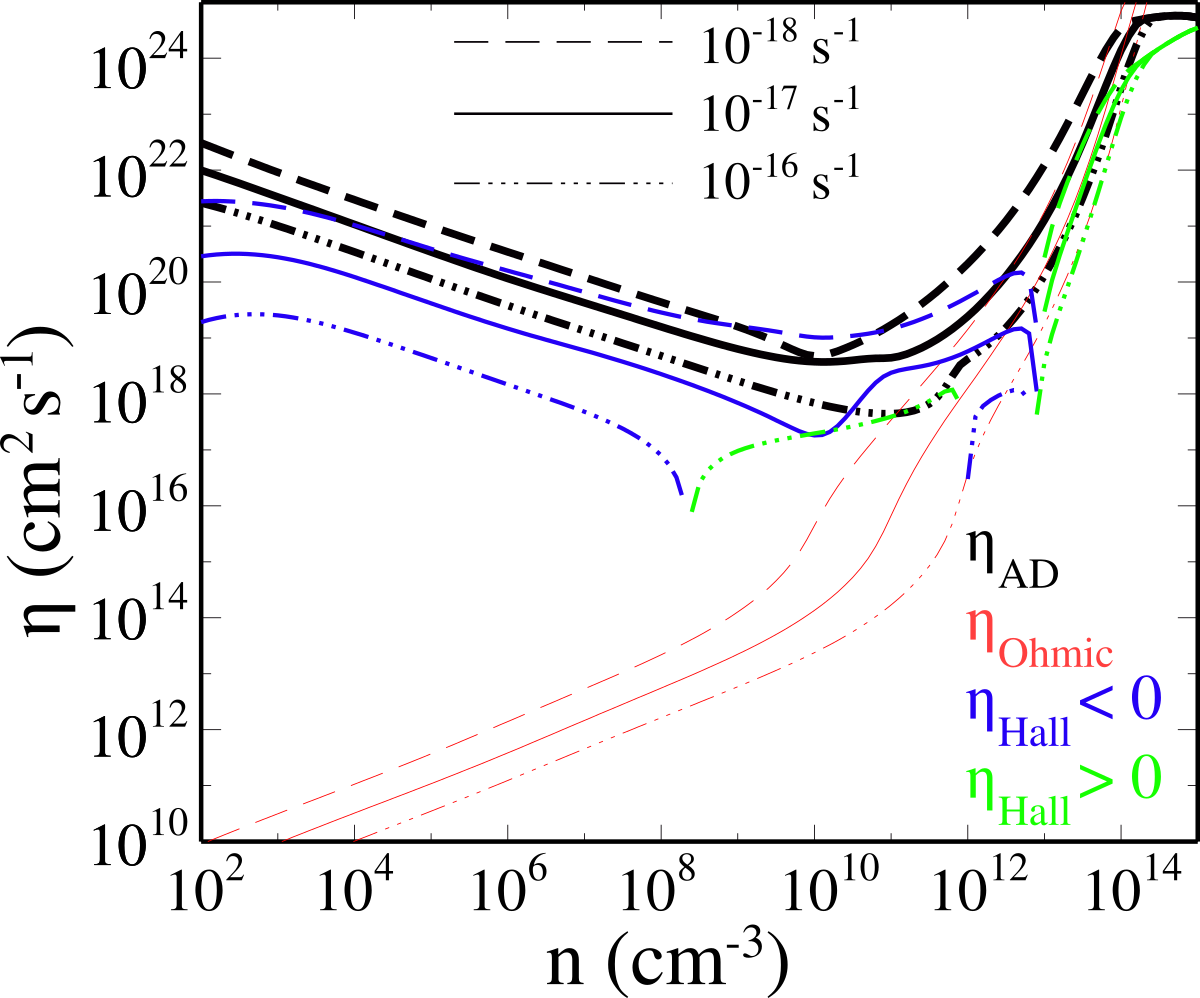
Question: What is the effect on disk formation when differing the ionization rate?
Effect of ionization on disk size
increasing ionization rate
enhanced magnetic braking
smaller disks
Küffmeier, Zhao & Caselli 2020

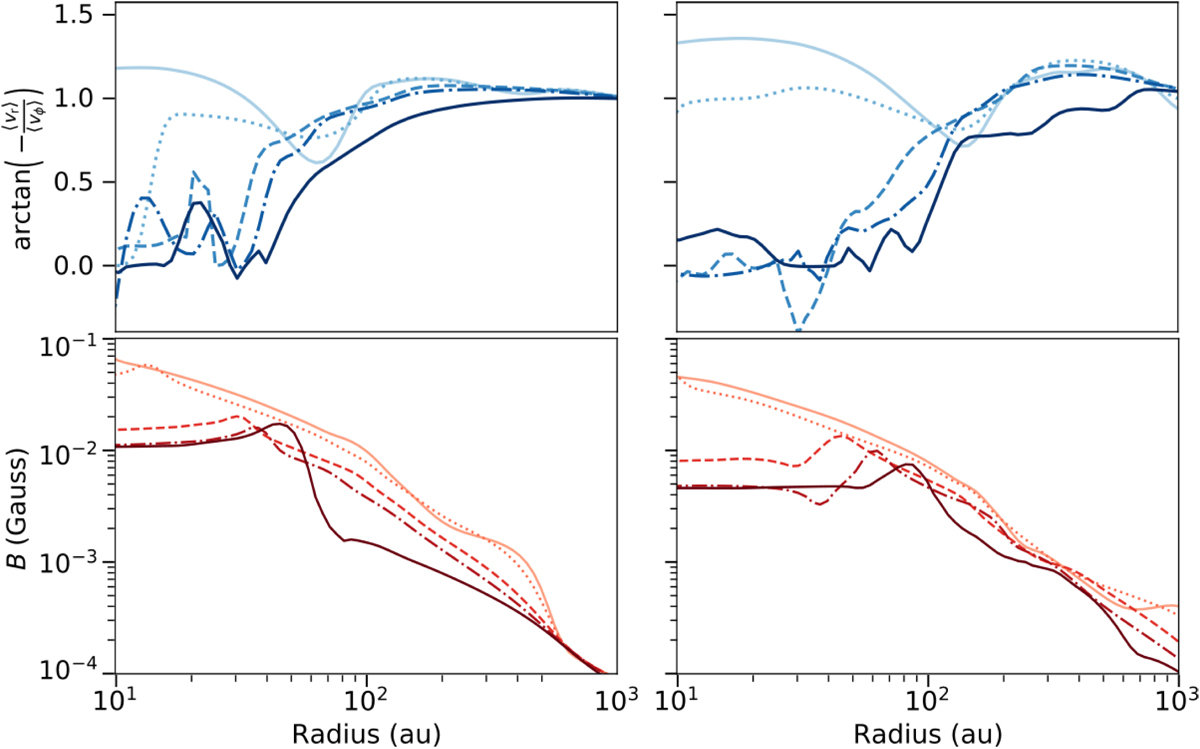

rotation
infall
from light to dark colors: high to low ionization rates
see also Wurster et al. 2018
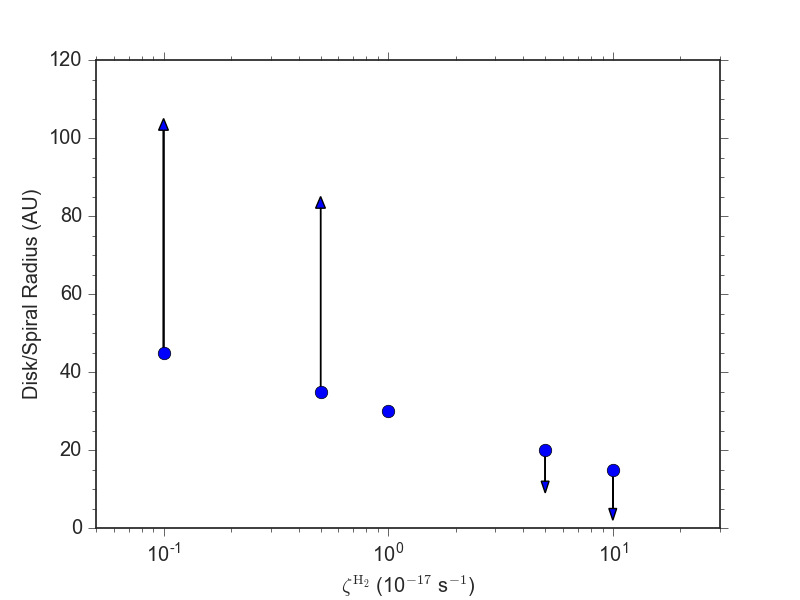
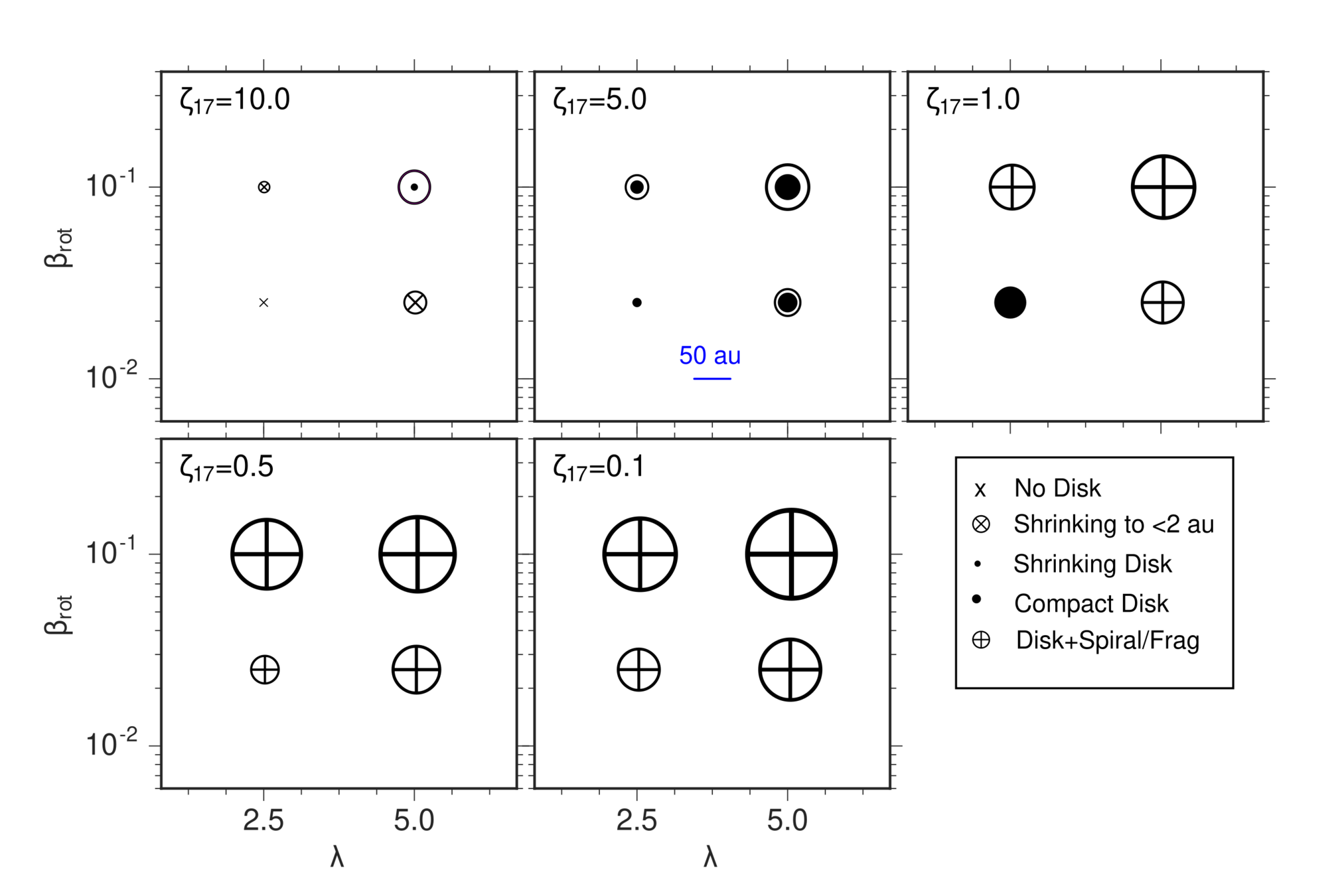
Küffmeier, Zhao & Caselli 2020
mass-to-flux ratio
initial strength of rotation
Disk size distribution
Disk size distribution

Tobin+ 2019
Are disks already born small in some (all?) regions?
Does cosmic-ray ionization play a crucial role?
see A. Maury's talk
The big uncertainty
Current state-of-the-art in MHD models:
constant rate independent of densities
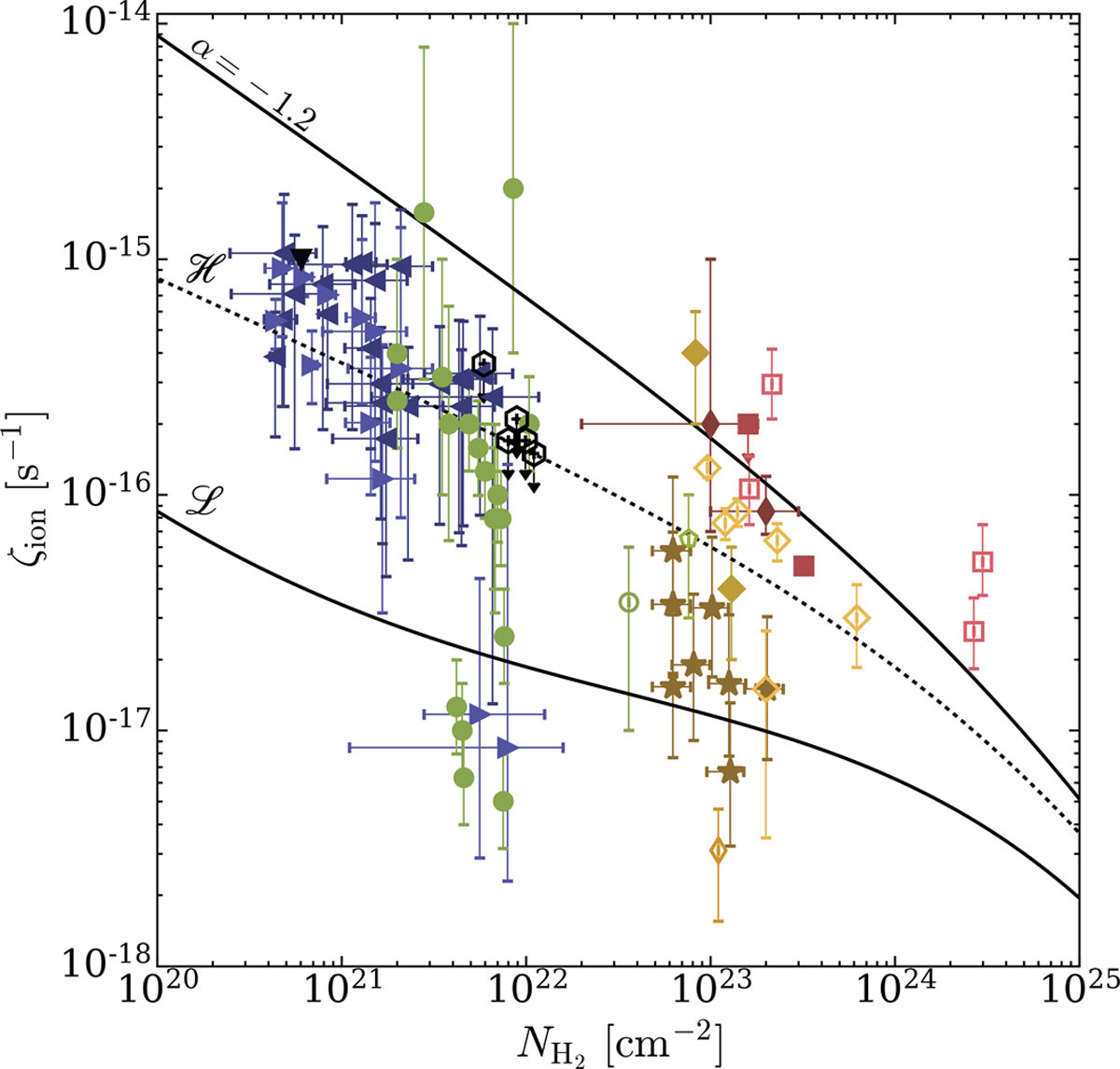
Figure from Padovani+'22 showing observations by Shaw+'08, Indriolo & McCall '12, Neufeld & Wolfire '17, Caselli+'98, Bialy+'22, Maret & Bergin '07, Fuente+'16, Sabatini+'20, de Boisanger+'16, van der Tak+'00, Hezareh+'08, Morales Ortiz+'14, Ceccarelli+'04, Barger & Garrod'20 (in addition: results by Cabedo+'22 [blue line])
External vs. internal
Competition between external and internal cosmic rays
talks by Offner, Owen, Grassi, Gaches
We need
Are cosmic ray rates environment dependent or independent?
(Cabedo, Maury+'22)
(Küffmeier, Zhao & Caselli+'20)
a better handle on CR propagation
measurements/maps of CR rates
talks by Redaelli (L1544), Pineda (NGC1333), Cabedo & Maury (B335), Sanna (G035.02+0.35), Sabatini
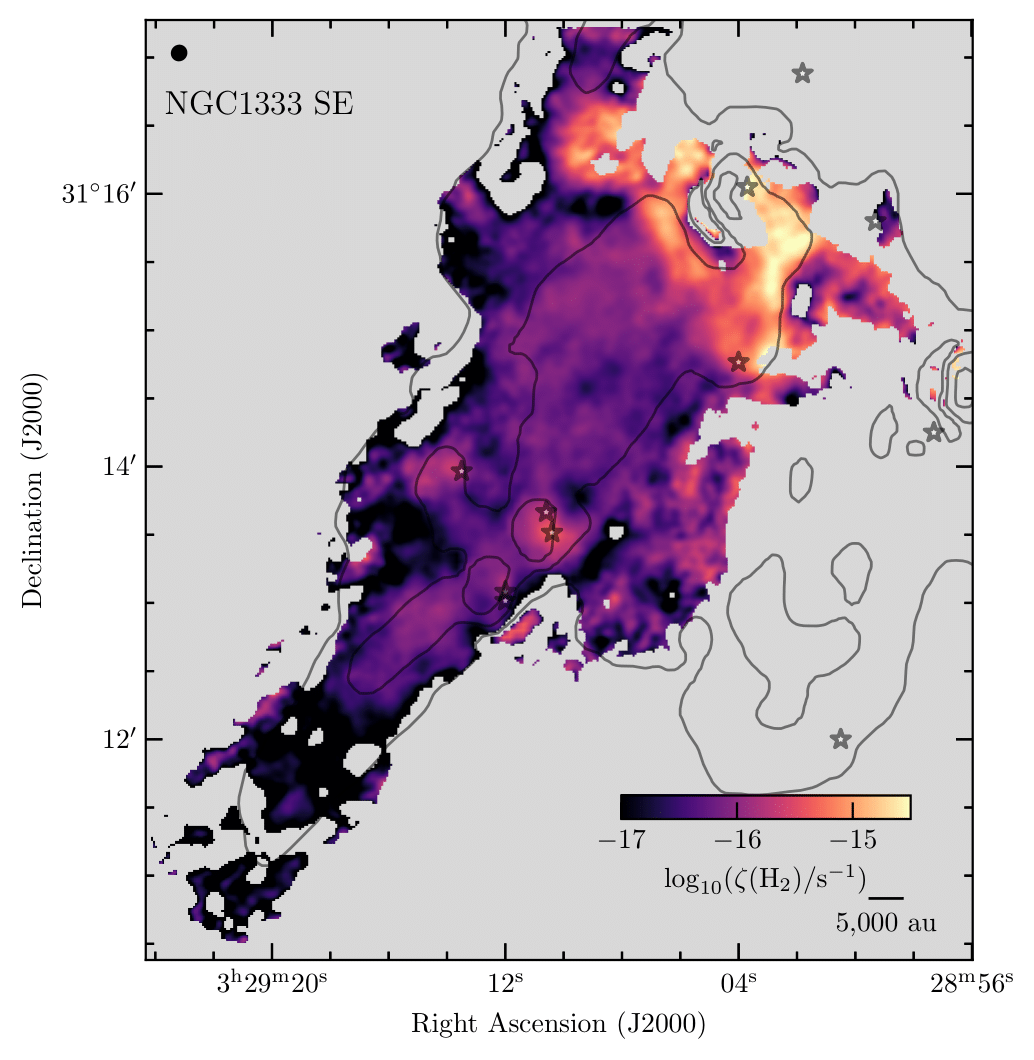
Self-regulation during disk formation?
(Offner, Gaches & Holdship'19)
Do externally or internally produced cosmic rays dominate disk formation process?